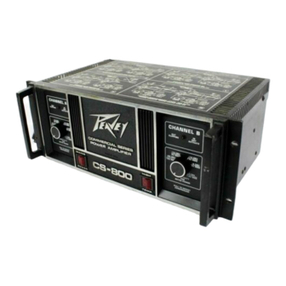Peavey XR-500 User manual
Other Peavey Amplifier manuals
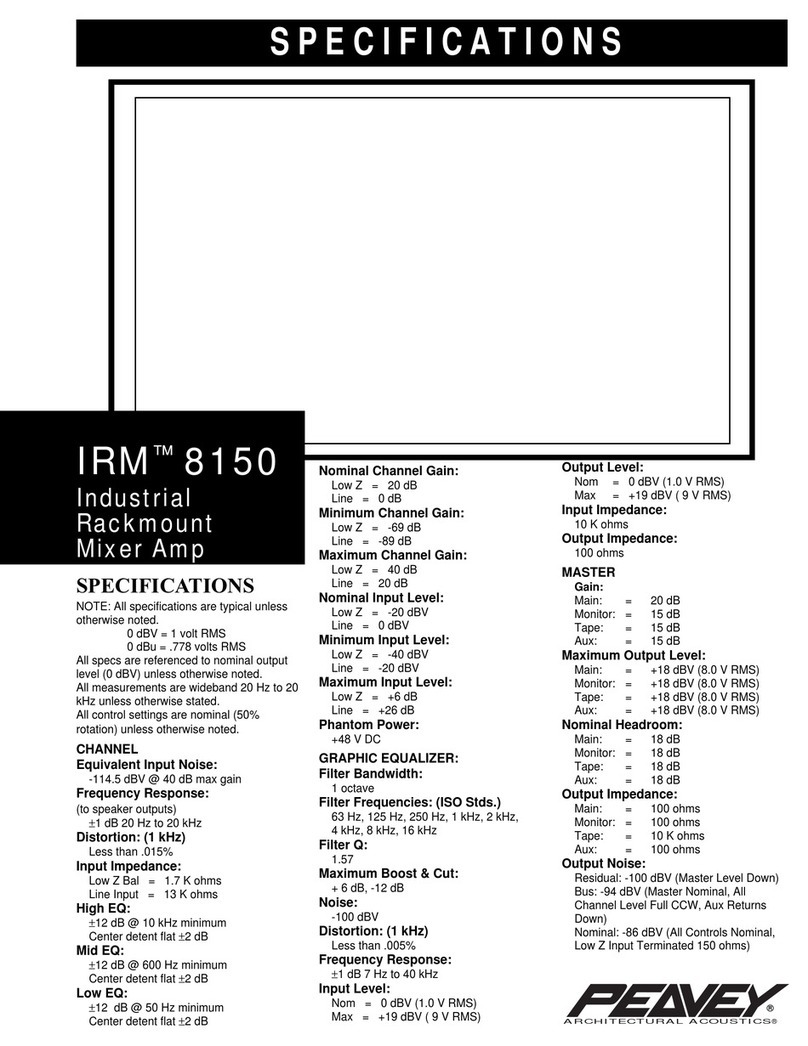
Peavey
Peavey IRM 8150 User manual
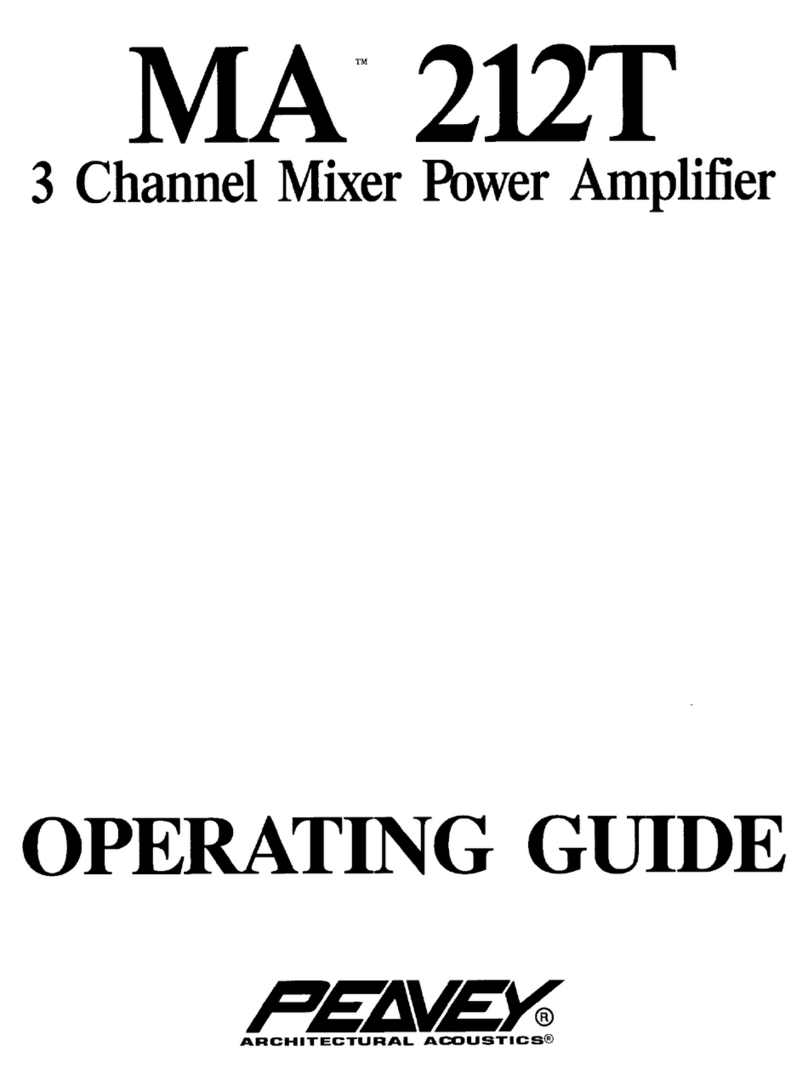
Peavey
Peavey MA 212T User manual
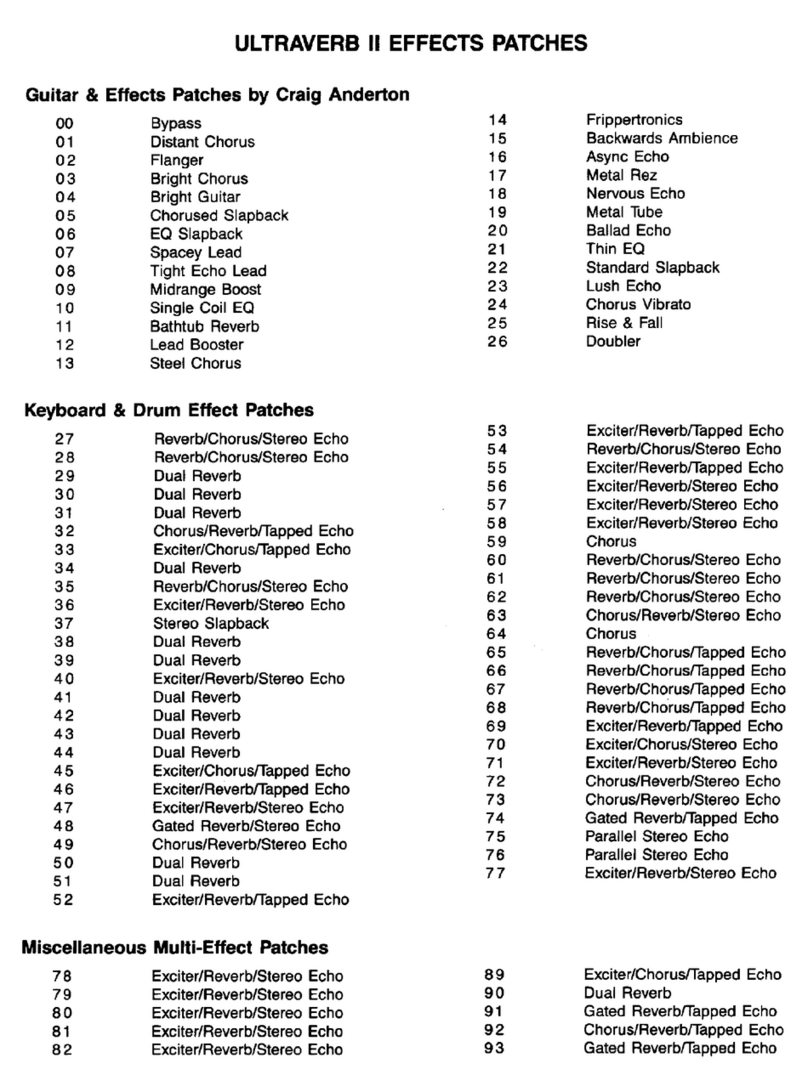
Peavey
Peavey Ultraverb II Manual

Peavey
Peavey PV 1 User manual

Peavey
Peavey PA600 User manual
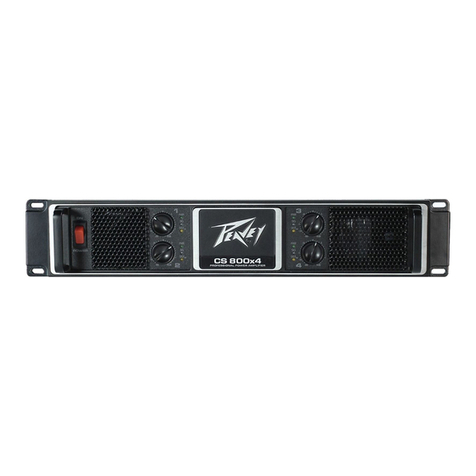
Peavey
Peavey CS 800x4 User manual
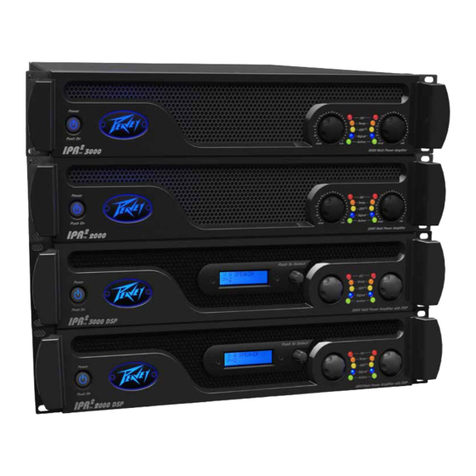
Peavey
Peavey IPR2 2000 User manual
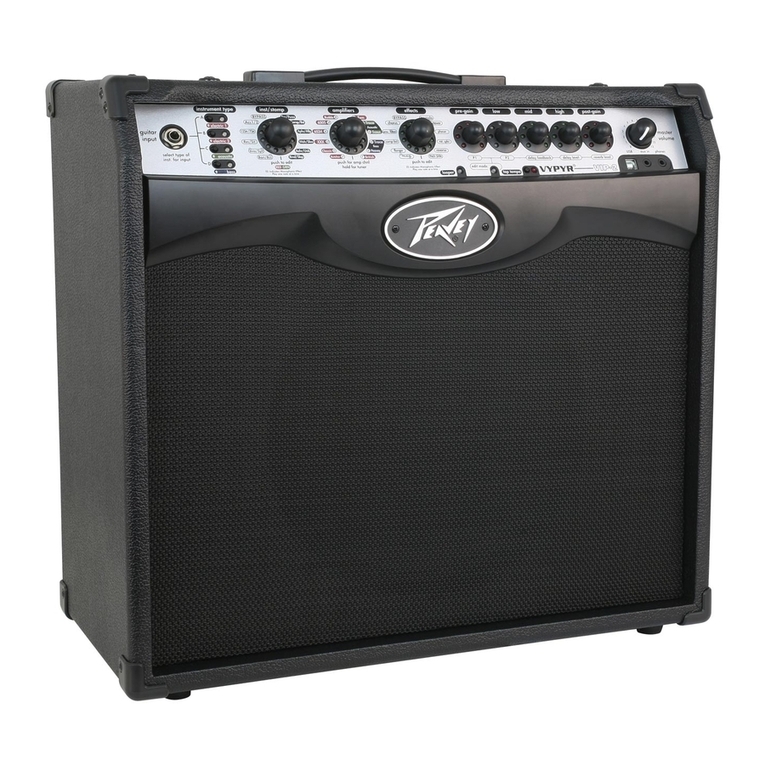
Peavey
Peavey Vypyr VIP 1 User manual
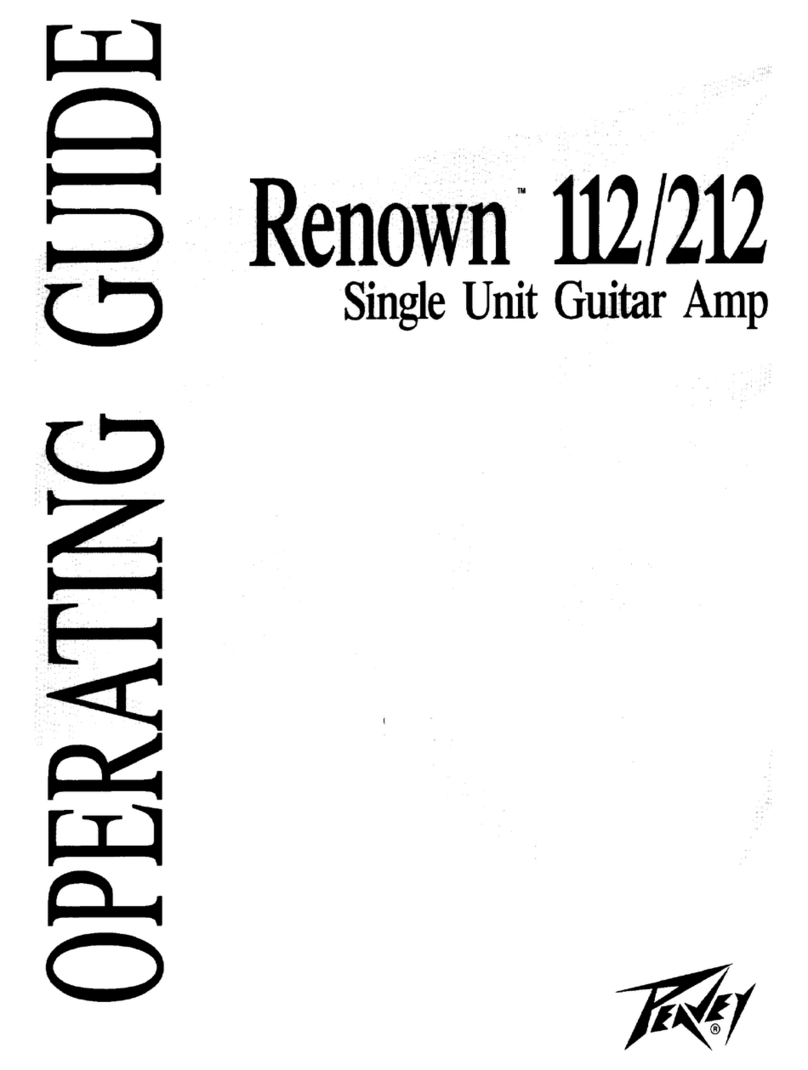
Peavey
Peavey Renown 112 User manual
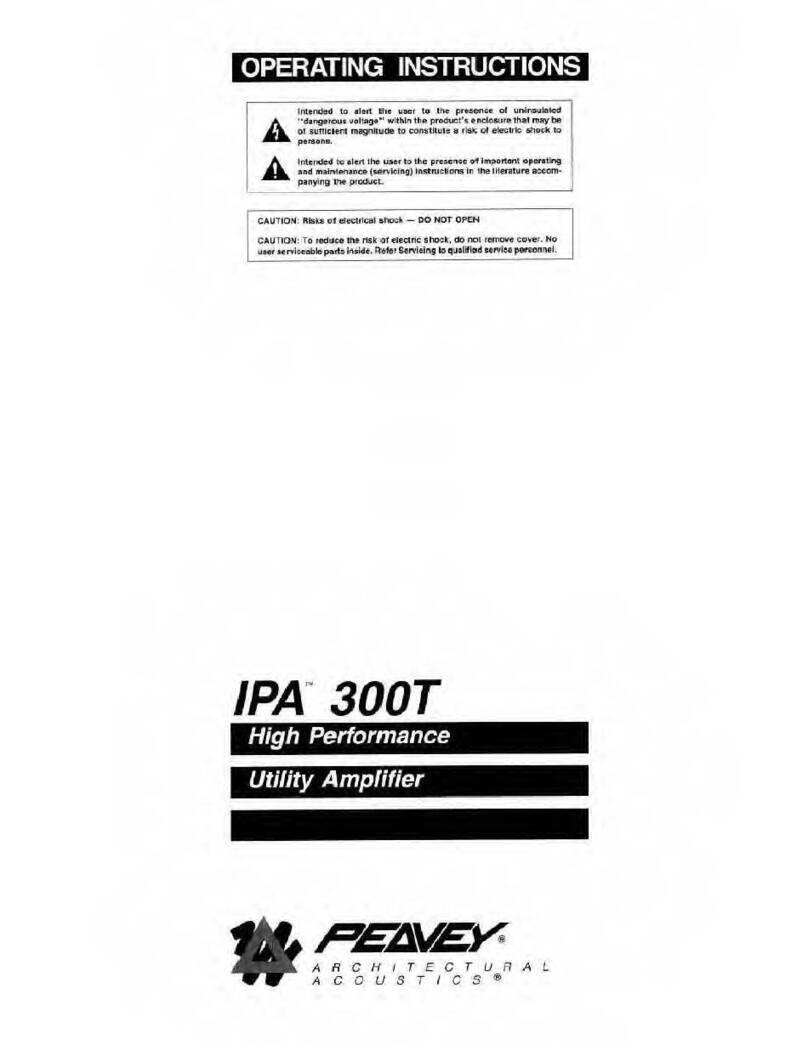
Peavey
Peavey IPA 300T User manual
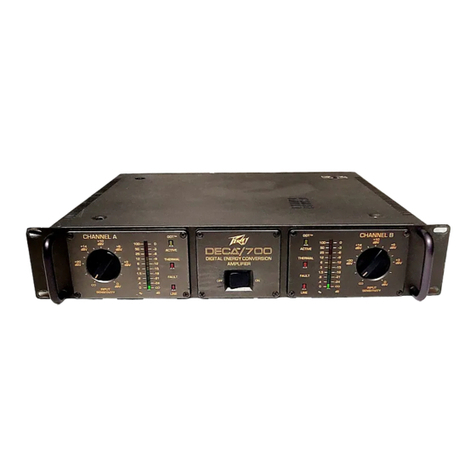
Peavey
Peavey DECA 700 User manual

Peavey
Peavey Headliner User manual

Peavey
Peavey Transtube Series 110 EFX User manual
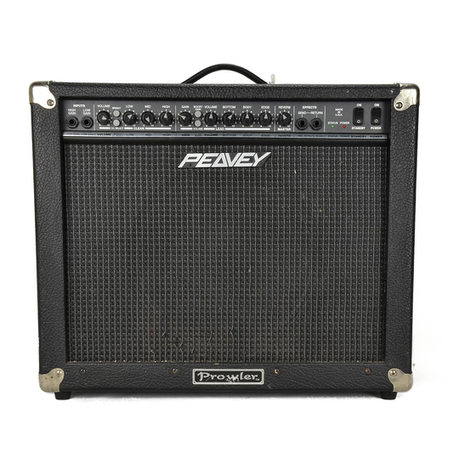
Peavey
Peavey Prowler User manual
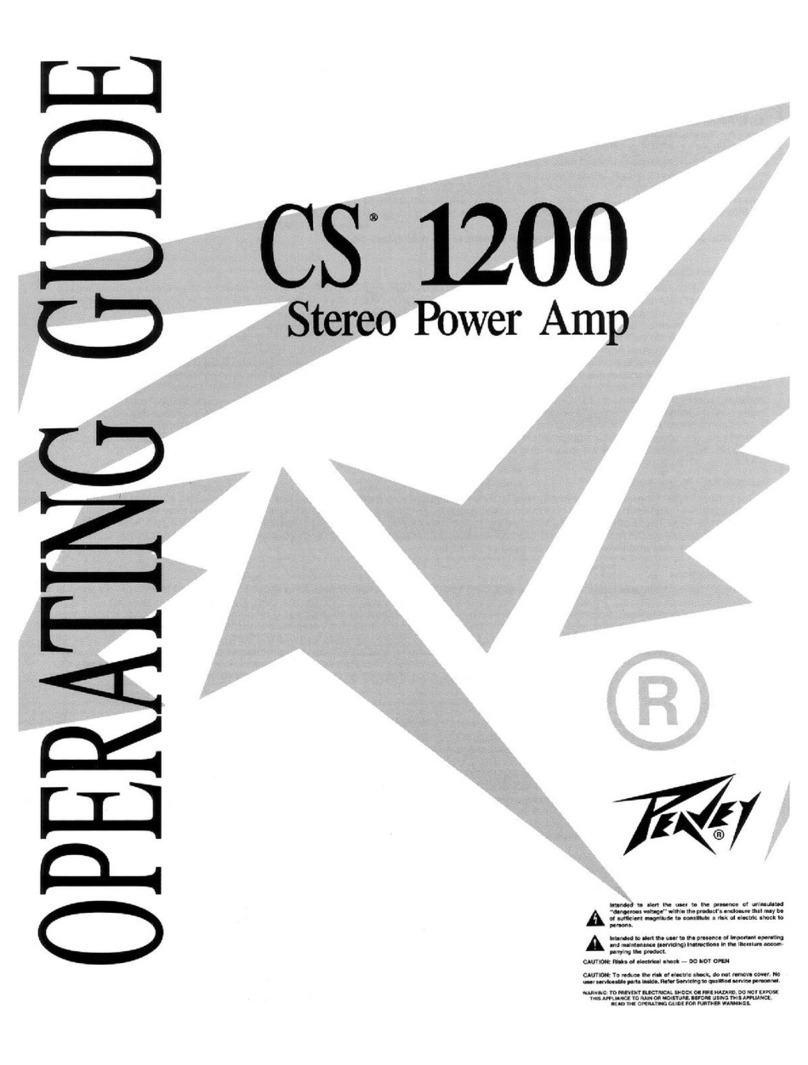
Peavey
Peavey CS 1200 User manual

Peavey
Peavey PA 120 User manual

Peavey
Peavey Special 130 User manual
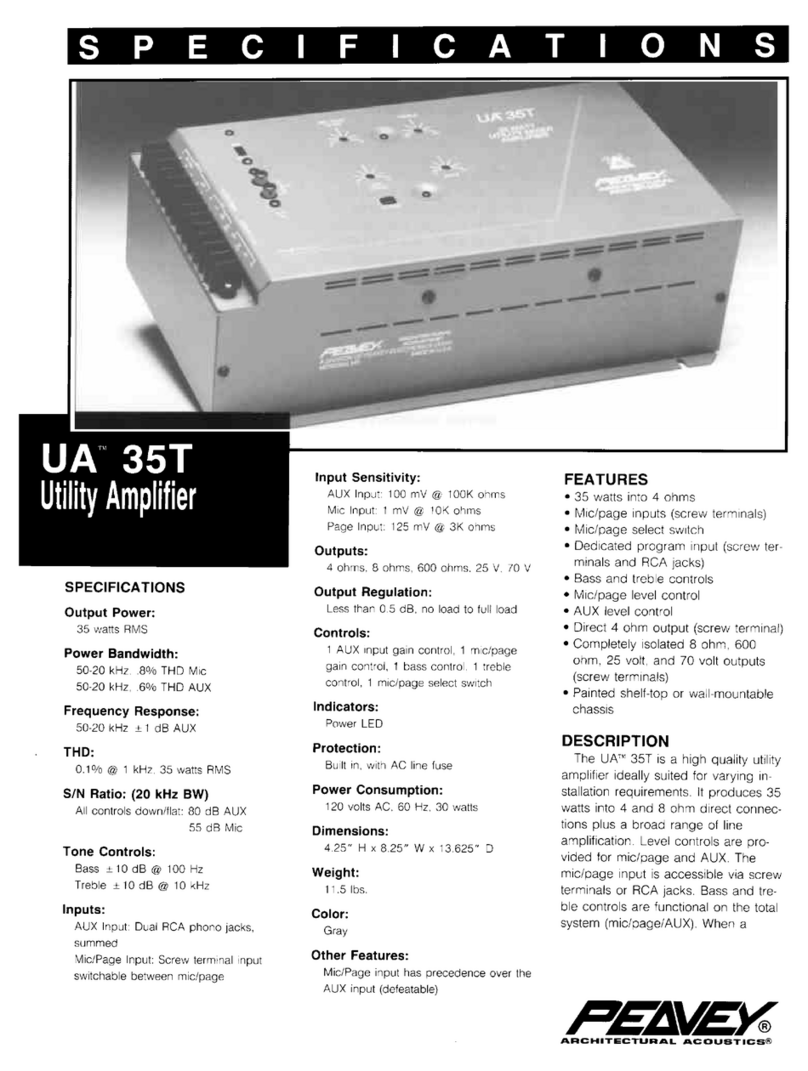
Peavey
Peavey UA 35T User manual
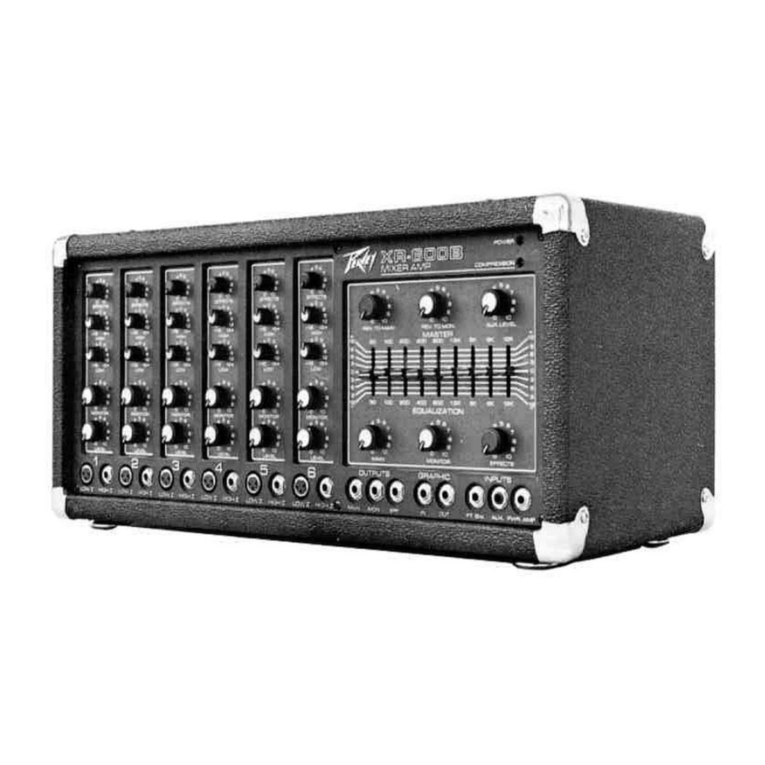
Peavey
Peavey XR-600B User manual
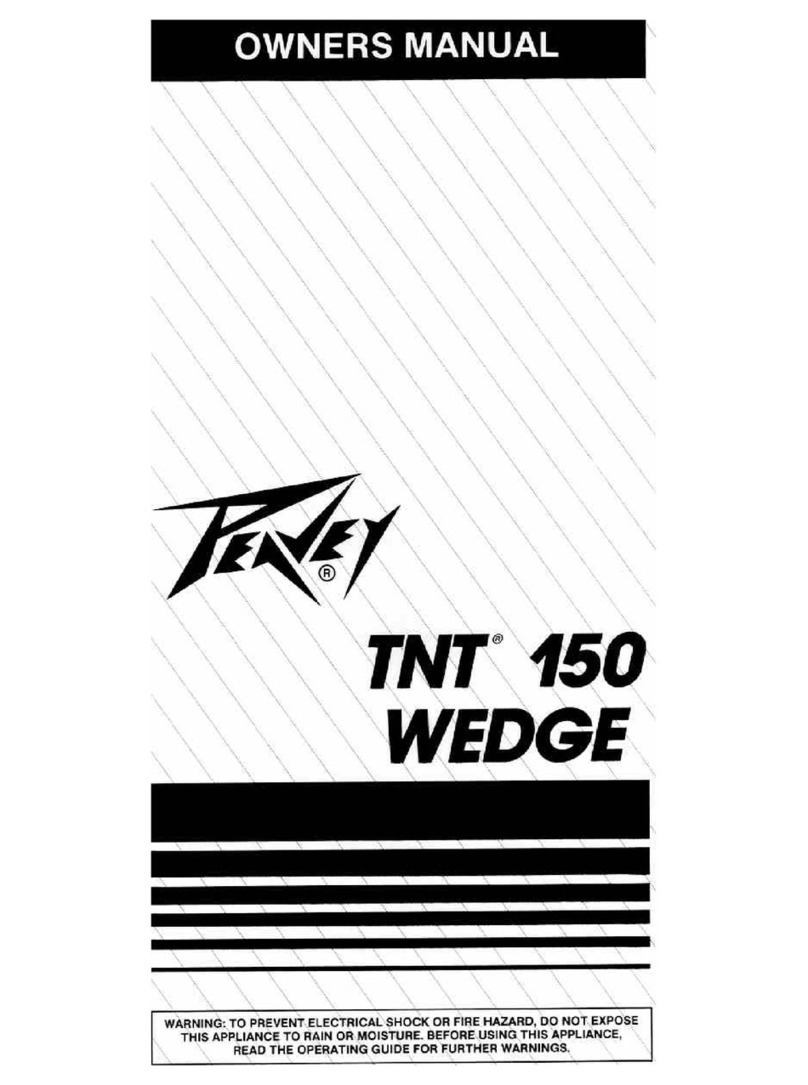
Peavey
Peavey TNT 150 Wedge User manual



